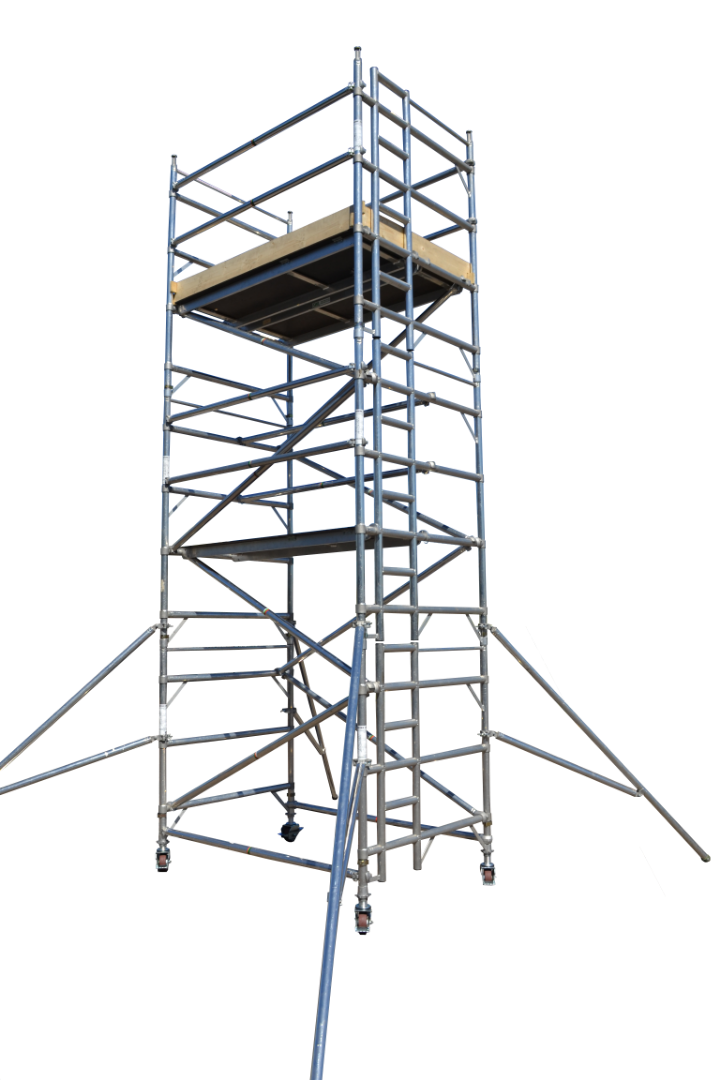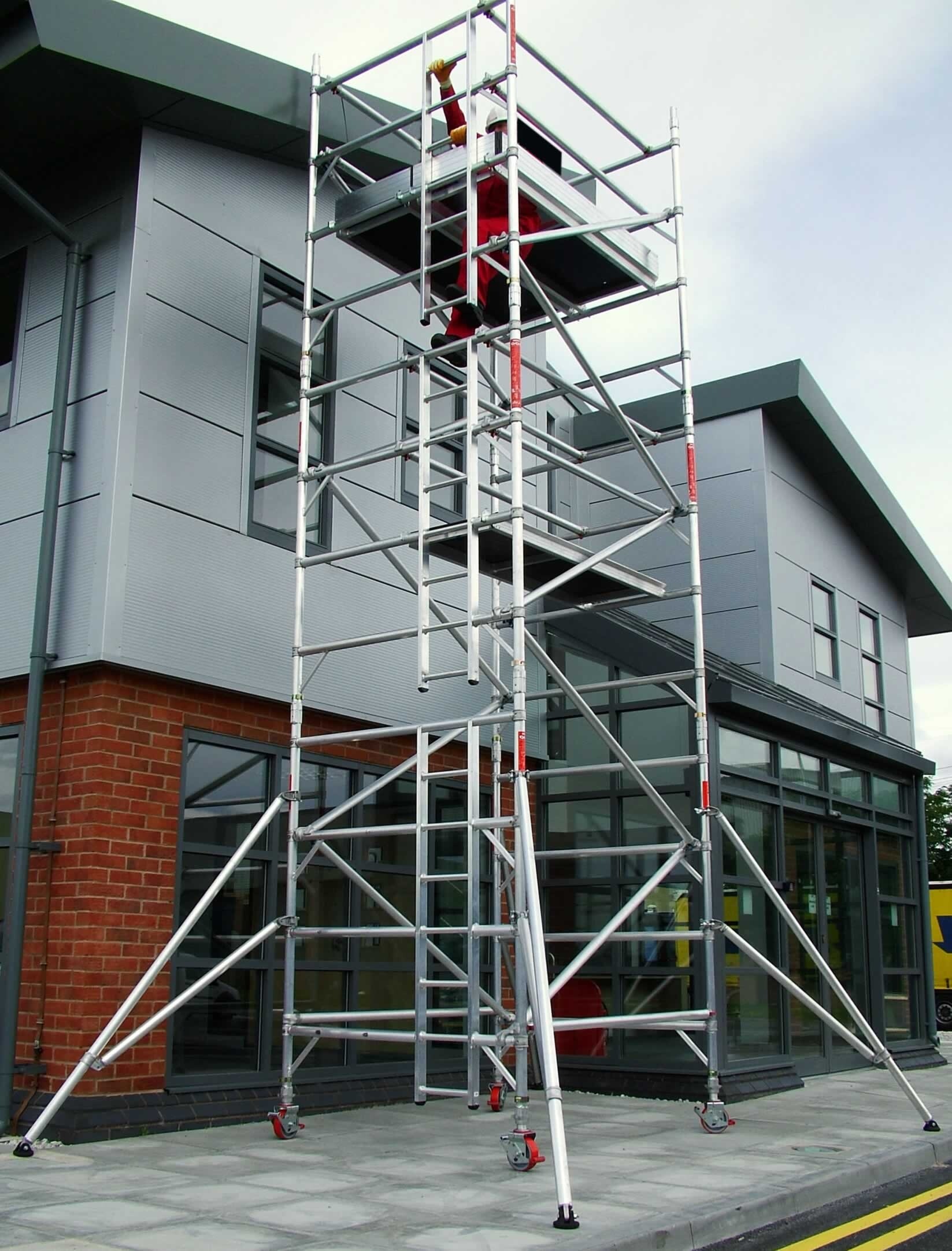Navigating Scaffolding Expenses: Budgeting for Your Project
Advanced Scaffolding Technologies: Improving Building Operations ================================================================
Advanced scaffolding modern technologies are changing building and construction process, integrating robotics, IoT sensing units, AI precaution, digital task administration, and 3D printing. Automation with innovative sensing units maximizes handling, reducing errors and improving safety. IoT sensors keep an eye on architectural integrity and employee tasks for real-time data evaluation. AI systems anticipate hazards and track hazardous actions, increasing safety standards. Digital platforms use real-time task data gain access to and structured partnership for enhanced performance. 3D printing includes personalization and decreases product waste. This innovative technique guarantees effective, secure, and optimized building processes. Explore further for comprehensive understandings on these cutting-edge advancements.
Automation in Scaffolding Systems


In modern-day building methods, automation plays an essential duty in improving the effectiveness and safety of scaffolding systems. Robotic support has changed the method scaffolding is put up, adjusted, and taken apart on building and construction websites. These robots are outfitted with innovative sensing units and actuators that allow them to take care of hefty components with precision, decreasing the danger of human errors and crashes. By utilizing robot aid, building and construction business can simplify the scaffolding procedure, saving time and labor costs.
In addition, information analytics have actually become important in enhancing scaffolding systems. By collecting and examining data on elements like lots capacity, weather conditions, and worker movements, building and construction supervisors can make enlightened decisions to improve scaffolding safety and security and performance. scaffolding for sale This data-driven method allows for real-time monitoring of scaffolding structures, determining potential concerns before they intensify. By integrating information analytics into scaffolding systems, building firms can enhance performance while ensuring the safety and security of employees on-site. The mix of robot help and data analytics notes a considerable development in the building and construction sector's strategy to scaffolding systems.
Assimilation of IoT in Construction
With the development of innovative scaffolding innovations, the building sector is experiencing a smooth integration of IoT in improving overall task performance and safety and security. IoT sensors play an essential function in modern building tasks by giving real-time information on numerous facets of the job website. These sensors can be embedded in scaffolding systems to keep an eye on elements such as structural stability, environmental conditions, and worker tasks. By collecting and examining information from IoT sensing units, task managers can make enlightened decisions, optimize process, and assurance conformity with safety guidelines.
Remote surveillance is another essential function enabled by IoT in building. With linked tools and cloud-based platforms, stakeholders can remotely access data from IoT sensors set up on scaffolding systems. This capability permits positive upkeep, immediate concern resolution, and improved communication among team members. Remote monitoring not only increases performance however also improves safety by allowing quick feedbacks to potential threats or malfunctions.
Enhancing Safety Via AI
Developments in expert system are transforming safety measures within the building and construction industry. AI-driven tracking systems are now being applied on building websites to enhance security methods. These systems make use of predictive insights to assess huge amounts of information in real-time, enabling them to identify potential risks before they happen.
AI-driven monitoring systems can track the movements of employees and devices, spotting discrepancies from risk-free techniques. https://shoreditchscaffolding.co.uk By continually keeping an eye on the construction website, these systems can provide instantaneous alerts to managers if any risky habits is detected. This proactive strategy to security allows for instant treatment, stopping accidents prior to they happen.
In addition, AI can evaluate historical information to predict prospective safety and security threats based upon details project conditions. By leveraging this predictive capacity, building business can carry out targeted precaution to minimize risks efficiently. On the whole, the combination of AI in safety surveillance is dramatically boosting safety and security requirements in the building and construction market, ultimately leading to a much safer workplace for all entailed.
Digital Operating Systems for Task Administration
Using sophisticated electronic platforms has come to be essential for effective task administration in the modern building sector. Cloud-based cooperation devices use real-time accessibility to job data, allowing seamless interaction and partnership amongst team members, regardless of their physical area. These platforms allow for the centralized storage of project documents, illustrations, and schedules, guaranteeing that all stakeholders are functioning from the most updated info.
Mobile app services better boost task monitoring by allowing on-the-go access to vital project details. Job supervisors can track progress, communicate with employee, and make informed choices from anywhere, at any moment. The ease and adaptability offered by mobile apps add to boosted efficiency and streamlined process on building sites.
Including electronic systems for task administration not just raises performance yet likewise boosts transparency and accountability throughout the project lifecycle. By leveraging cloud-based cooperation and mobile application remedies, building firms can optimize their workflows and provide jobs more effectively.
3D Printing for Personalized Structures
The combination of 3D printing technology in the building and construction sector is changing the production of personalized frameworks. Additive manufacturing, as 3D printing is likewise recognized, provides extraordinary versatility in design and building and construction processes, permitting intricate and individualized architectural elements that were previously challenging or impossible to achieve. Customized designs that as soon as required intricate mold and mildews or hands-on workmanship can currently be effectively made via 3D printing technologies.
One of the vital advantages of making use of 3D printing for tailored structures is the capacity to improve the production of special elements. By straight equating digital styles into physical things, additive production minimizes material waste and labor costs related to typical manufacturing methods. This technology enables architects and designers to press the borders of layout, developing structures that are not just visually striking however also enhanced for performance and capability.
As the construction industry remains to embrace innovative modern technologies, 3D printing is positioned to play a substantial role in shaping the future of style and building construction.
Regularly Asked Questions
Just How Do Advanced Scaffolding Technologies Impact the Total Expense of Building And Construction Jobs?
Advanced scaffolding technologies can greatly impact the general cost of building projects by improving cost efficiency via enhanced productivity. By utilizing advanced systems, projects can be completed a lot more efficiently, reducing labor costs and overall costs.
What Are the Prospective Difficulties or Limitations of Integrating Iot in Building And Construction Workflows?
Incorporating IoT in building and construction process supplies opportunities for efficiency and data-driven decision-making. However, challenges such as cybersecurity threats, compatibility concerns, and the requirement for specialized training may prevent seamless combination and fostering in the industry.
Can Ai-Enhanced Precaution in Scaffolding Equipments Totally Get Rid Of the Threat of Crashes on Construction Websites?
AI driven precaution in scaffolding systems can especially reduce the danger of crashes on building sites by offering real-time monitoring and alerts. While not completely eliminating risks, these innovative modern technologies boost process performance, guarantee much safer settings, and possibly cause cost financial savings.
Exactly How Do Digital Operating Systems for Task Management Improve Communication and Collaboration Amongst Construction Teams?
Digital systems for task administration boost interaction and partnership among building and construction teams by helping with remote tracking and real-time tracking of progression. This brings about raised effectiveness and streamlined processes, ensuring smooth control and prompt task completion.
Are There Any Kind Of Environmental Advantages Associated With Utilizing 3D Printing for Custom-made Structures in Building Projects?
Integrating 3D printing for personalized frameworks in construction jobs provides ecological sustainability with reduced material waste and power consumption. Additionally, it enhances cost efficiency by enhancing source use and decreasing transportation needs, making it a promising option for lasting building and construction techniques.
Verdict
To summarize, the progress of scaffolding modern technologies has actually substantially boosted construction workflows. Automation, assimilation of IoT, security improvements through AI, digital systems for task monitoring, and 3D printing for personalized structures have changed the building and construction industry.
These modern technologies have actually improved effectiveness, accuracy, and safety and security in building tasks. Accepting these advancements will certainly maintain driving technology and simplifying procedures in the construction market.